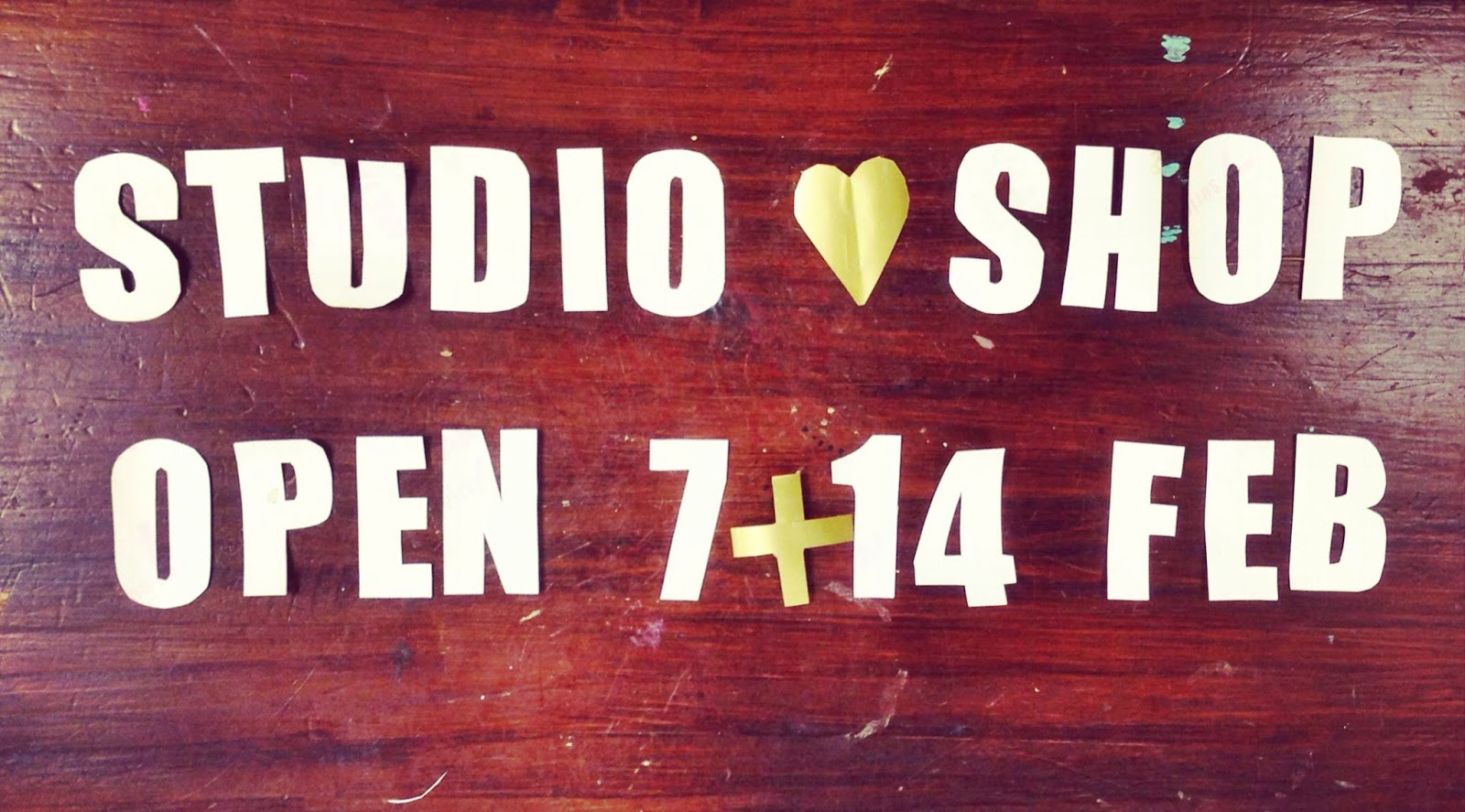For the last few years Margate has been running it's own independent festival -'
Pushing Print'- that celebrates all things... printed! Although it has only been running since 2009, this growing event has become an unmissable few weeks in Kent's creative calendar and draws visitors and submissions from all parts of the country.

As this year's theme for Pushing Print is 'applied print', I've been deemed appropriate to give a talk about whatever I like. (I make a daily habit of applying print to unusual things you see)
I've entitled my talk 'The Potential of Print', and intend to only briefly touch on my own work before moving on to discuss what I feel are the fantastic ways that this process can be used outside of paper or fabric, and those who are diversely wielding it in 2 and 3D. Some of this information I deliberately don't even know yet, and am excited about researching for the next few months. More than ever I was keen to give a contemporary talk that was more than just the life and work of Z.Murphy.
The article below will feature in the Pushing Print newspaper and is an introduction to my talk. Please join me - 11am on the 13th October at the Pushing Print festival - to see what I have found out!
Details of tickets can be found on the website for
Pushing Print.
The Potential of
Print.
By Zoe Murphy
As a person who makes things for
a living, I have always been indifferent to surface in the very best of ways.
This might seem a strange notion, as craftspeople are usually remembered for
their ability to value a particular
material. They will work to highlight the individuality of their chosen medium
and attempt to distinguish it from other metals/wood/textiles. Oddly enough, I contrast
to this in having a very unbiased approach to the surfaces I come across. This
has turned out to be a driving force for my work in print.
It is thanks to this sort of
material-blindness that I have developed into a designer that subconsciously
ignores a lot of the conventional uses for materials. One that doesn’t
initially see the difference between fabric, metal, and timber, - I credit them
all with the same potential and possibility. I print onto fabric, on to wood, glass,
and on to laminates and Formica, using them all for anything from furniture to
jewellery. It would not be an obscure idea to me to think of applying the same
process to a floor, or a wall, or a car, or a person. Although it is always
compulsory to refine the process after exploring the material, I still think
this kind of ‘well why not?’ approach to a newly discovered surface has been fundamental
to my work.
When I was studying for my BA in
Textile design, I realised that I often included found objects or surfaces in
my design work. This then quickly turned into using my design work on found objects or surfaces, and I
finally created a series of re-used furniture and textiles that were entirely
decorated using screen-printing. There followed a wonderful amount of interest
from my graduation show and it allowed me to set up my own design business in
Margate creating more of the same kind of furniture and textiles.
This love of indiscriminately
printing onto everything that sits still, marries perfectly with the other
driving force behind my work – my huge compulsion to try and reduce waste.
Armed with the notion of ‘I don’t care what it is, I’ll print on it’, I have used
this favourite process of mine to recycle chests of drawers, silk from wedding
dresses, kitchen tables, and all manner of other surfaces and objects. It is
paramount to me that consumers have a stronger relationship with the things that
they use, even more so that these objects might be ones that are in existence
already and not being appreciated to their full potential. So I try to use my
printed designs as a life saving tool to re-use surfaces that seem to have
exhausted their current function, either because they are damaged or because
they are dated.
Print, for me, allows that
wonderful injection of colour or image that can recapture the attention of a
consumer, usually because they are chosen specifically for that consumer. All
objects should be designed timelessly and well in the first place, but most 21st
century homes are full of surfaces that weren’t. I have long been struck with
the idea that print can be a way of getting these items closer to a situation
where people don’t want to use them up and throw them out.
My talk at Pushing Print this
year will illustrate some of the pieces I make, but will also look at the
possibilities of the process of screen-printing. Paper and fabric are what is
associated with this very traditional oriental method, but I will be looking
just how broad the application can be, and giving examples of contemporary
makers who are truly ‘pushing print’.


























 Last year I had the brilliant opportunity to make some work for the very talented Georgina Cave of
Last year I had the brilliant opportunity to make some work for the very talented Georgina Cave of 






















